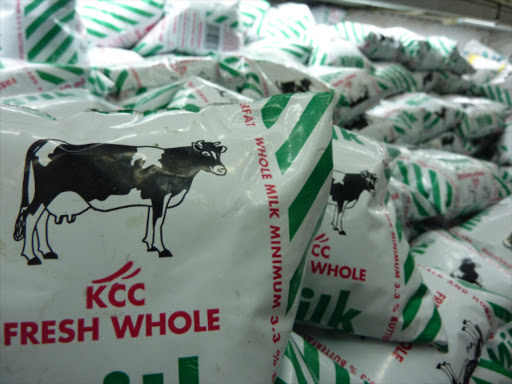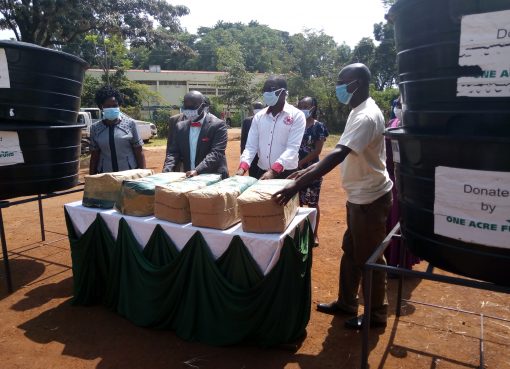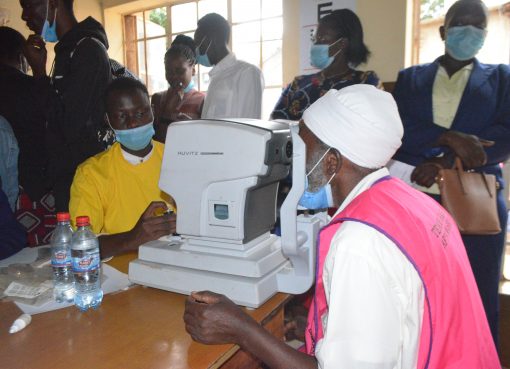The government has released Ksh 500 million to the New Kenya Cooperative Creameries (KCC) to mop up the current milk glut experienced in the country due to the impact of El Nino rains
The funds are part of the first installment of Ksh 500 million to facilitate New KCC purchase and process the excess milk into powder form for storage as part of the strategic food reserve to avert waste and losses occasioned by surplus production.
In a press release on Tuesday, Cooperative and MSME Cabinet Secretary Simon Chelugui said the rains are expected to result in a surplus of over 50 million litres of milk between now and January 2024 and this is over and above the normal production which unless processed into milk powder will go to waste.
“The mopping up of this excess milk has a financial implication of an estimated Kes. 1.5 billion, which will go towards the purchase of the surplus milk from the farmers’, he explained
He added that this support will act as a stabilization fund to ensure farmers have a market for their produce and that there are no losses at the farm level, and by extension, the entire value chain benefits from the interventions thus leading to milk price of a minimum of Ksh 45 per litre for the time being.
Chelugui in the statement said that the government continues to support the moderation programme to enhance processing capacity and efficiency and ensure New KCC continues to perform this critical strategic role.

He added that the government had finalized plans to modernization programme at key dairy plants to the tune of Ksh 3.8 Billion to improve intake capacity at Runyenjes, Mogotio, Kabianga, Narok and the upgrading of Dandora, Miritini, Eldama Ravine, Eldoret, Sotik and Kitale Plant as phase III.
This he said is after Phase II which included Nyahururu, Kiganjo and Nyambene were complete and ready for commissioning to improve processing of milk products in the country.
In addition, he said that the government has also introduced subsidy programmes on BT cotton seeds and fertilizer, which indirectly support dairy feed production in the form of cotton seed cake, hay and silage
“Animal feeds account for approximately 60 percent of the total cost of milk production and the government has removed taxes and levies on imported raw materials for animal feeds, which will lower the cost of production”, the CS said
He assured dairy farmers of the governments support and commitment to ensure that the dairy industry continues to be stable in line with BETA for the good of the dairy farmers, consumers, and many other stakeholders along the dairy value chain
The total annual milk production in Kenya is approximately 5.2 billion litres, of which 3.9 billion is cow milk, 1.1 billion litres is camel, 0,28 billion litres goat and 0.067 litres is sheep milk.
The dairy industry accounts for 14 percent of agricultural GDP, approximately30 percent, which is between 1.5 and 1.8 million litres per day, is processed by the over 35 registered processors, and 70 percent goes through the informal markets of hawkers and domestic use.
The dairy industry also supports smallholder dairy farmers who own between 1 and 3 cows, estimated to produce about 80 percent of the total milk, and benefits over 4 million people along the dairy value chain.
The milk per capita consumption in Kenya is 78 litres, down from 110 per year, the highest in Sub-Saharan Africa compared to Uganda at 65 litres.
By Wangari Ndirangu





